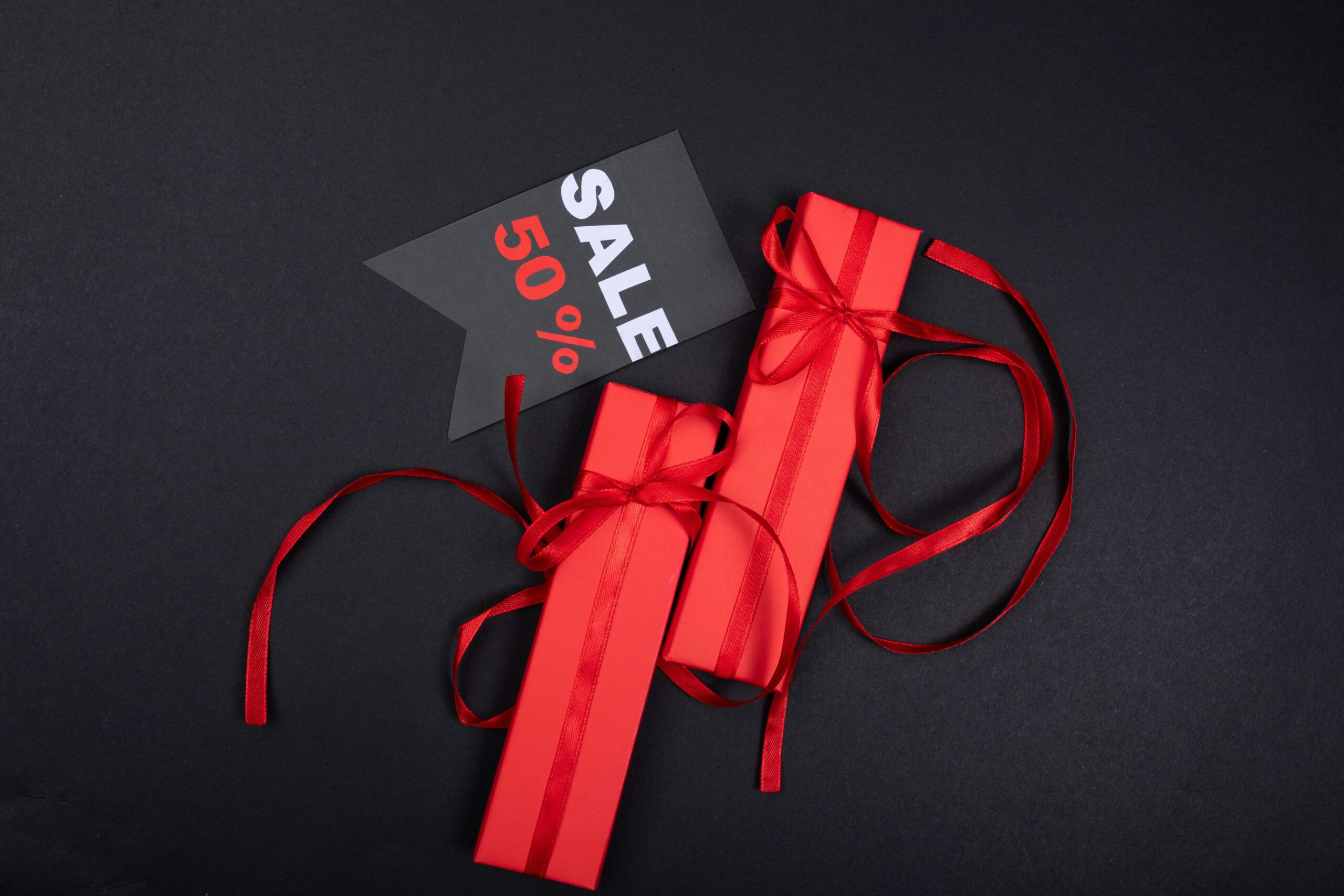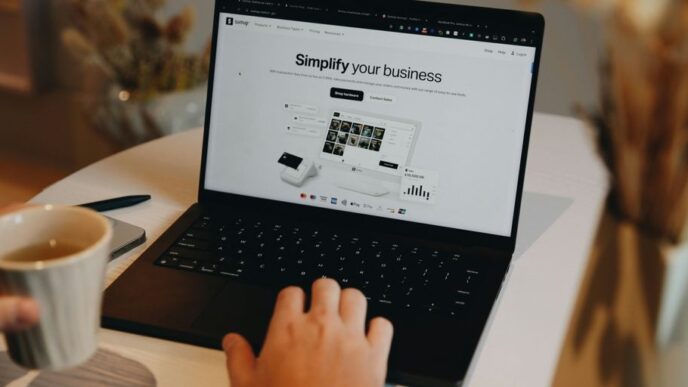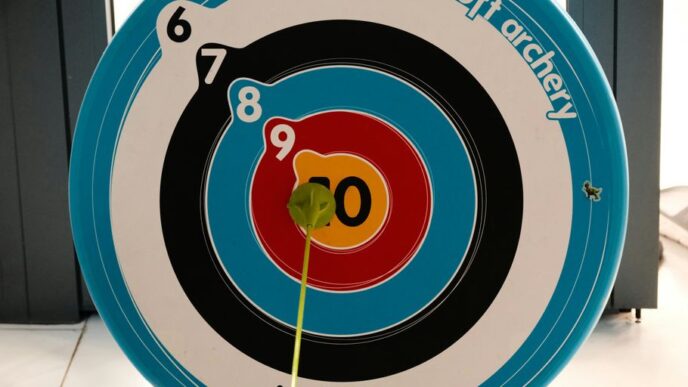Who doesn’t love a deal? With millions of brands competing for the same audiences, offering promotions can be a way to entice consumers to hit the “buy now” button. There are plenty of reasons to offer promotions. Having a short-term increase in sales can boost your bottom line. It can also help move older products off of the shelves, making room for new or upgraded products.
Additionally, promotions can increase your conversions, while raising brand and/or product awareness. Consumers may choose to share your offering with friends and family members, creating a buzz and generating new leads and conversions. This expansion of your consumer base is generated by word-of-mouth, one of the most tried and true marketing tactics.
Of course, your brand isn’t the only one offering a promotion. Nearly every brand offers a sale at one time or another. The key is to create an offering that your target audience can’t refuse. Unsure of how to do this? Here are a few ways to offer promotions that will really excite your customers.
1. Ask Your Audience What They Want
The number one way to know what type of promotion to offer is to ask your customers. It seems straightforward, but many brands forget that communicating with their consumers is an option and a vital marketing strategy. While you can guess what they may be looking for, asking them and getting these firsthand insights is a more efficient strategy.
As an example, if you want to offer a compelling Black Friday promotion you could launch a survey on your site a month or two before. Ask consumers specifically what would entice them to purchase during this busy time of year when every brand is promoting a sale. By gauging their purchase to intent, you can retarget them with marketing messages and ads that will appeal most to them.
Obtaining this kind of information is called zero party data, or information customers willingly and intentionally share with brands. Unlike first-party and third-party data, zero party data is straight from the source, meaning that it’s both reliable and meaningful. A brand doesn’t have to infer or guess customers what their wants are if they are willingly telling them outright. With this information, brands can create interesting and relevant promotions. When it comes to deciding which promotion to offer, leveraging this type of data can make a huge difference in your ROI.
2. Understand Your Audience’s Unique Needs and Wants
Those living in Hawaii aren’t shopping for many down jackets, while those living in Colorado aren’t buying as many bathing suits. When your audience lives across the world, each person will have different needs and wants. This is why audience segmentation is so important. Marketing a sale on down jackets to Hawaiians is a waste of your marketing dollars, but those living in colder climates will likely welcome this sale!
In this example, the audience segmentation is based on geographic information. However, you can categorize your audience into numerous segments, including their behaviors, interests, and psychographics. From a behavioral perspective, you can see which of your customers have purchased from you before and how often. You’ll also see the average size of their cart and if they made a return. A loyal customer may be lured in with a loyalty rewards promotion that recognizes their previous purchases.
As for interest-based segmentation, you’ll have a sense of what types of content and advertising they are most interested in based on clicks and how they navigate your website. As for psychographic segments, this relates to an individual’s preferences such as social media platforms as well as specific hobbies. Knowing that part of your audience are loyal Instagram users, you may see great results from a social media giveaway.
3. Monitor Your Competitor’s Offerings
If one product costs $20 and another similar product costs $10 with free shipping, which one are you likely to choose? Most people will choose the latter because, once again, everyone loves getting a good deal. Monitoring your competitor’s offerings can be advantageous in terms of keeping up with the going market price.
Signing up for all of your competitors’ newsletters is one way to stay on top of their newest sales. Another way is to keep close tabs on their social media accounts, looking out for any upcoming teases about sales. You can also utilize a few tools such as web scraping and price tracking software to do this analysis for you.
This isn’t to say that you should copy your competitors. Keep your target audience in mind and think of how to best market your product or service to them. Perhaps you share key differences between your product, highlighting features that make it distinguishable from anything else available. Stay a step ahead, and know that sales won’t last forever. Look for trends and patterns in your competition’s strategy so you can make a promotion that will best tempt your audience.
Conclusion
There’s little point in putting on a sale if it’s not going to excite your consumers. Persuading buyers to make a purchase starts with knowing what they want and what they are interested in. From there, you’ll have a better grasp on their needs and wants and be able to distinguish your promotions from your competitors.













